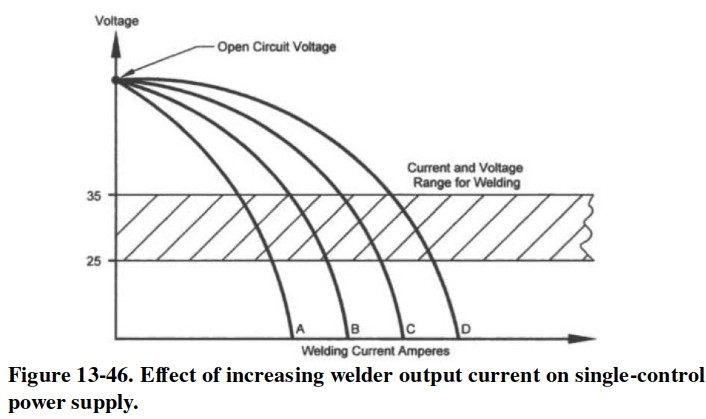Hi (I did try searching online),
My welder is an AC transformer type. I don't have a manual and it's not a rebranded Thunderbolt 225. It has two outputs, high and low. I guessed that meant high and low voltage. I tested this with a multimeter and found that to be correct. The low side is ~30v with no load. The high side is ~50v with no load.
So, when should I choose high voltage and when should I choose low voltage?
Thanks!
My welder is an AC transformer type. I don't have a manual and it's not a rebranded Thunderbolt 225. It has two outputs, high and low. I guessed that meant high and low voltage. I tested this with a multimeter and found that to be correct. The low side is ~30v with no load. The high side is ~50v with no load.
So, when should I choose high voltage and when should I choose low voltage?
Thanks!





